There is an old story about a blind man who is looking at a piece of land for his daughter to purchase, he asks the seller to describe the land to him. After a short description he asks for a list of weeds growing on the land and makes his decision to buy based on that description. It’s a nice story and whether it’s true or not it does demonstrate the use of weeds as soil indicators.
To be that knowledgeable about how plants grow in certain conditions that you don’t even have to see it to know would be amazing. This post is just an introduction into this fascinating subject and if you want more information go over to the Michigan State University for facts and links.
Weeds As Soil Indicators
What is a weed? according to Ralph Waldo Emerson “A weed is just a plant whose virtues have not yet been discovered”. More commonly a weed is any plant growing where we don’t want it or require it to be. Most weeds are wild plants growing naturally in uncultivated areas and this could be areas of your garden.
A weed is just a plant whose virtues have not yet been discovered.
Ralph Waldo Emerson (Fortune of the republic)
So let’s find out about some of these weeds and see if we can use them as soil indicators. According to permaculture principles there are many plants (weeds) that are dynamic accumulators. This means their roots can search out nutrients that other plants cannot reach or they can produce missing nutrients to survive.
Either way when they die and their component parts decompose into the soil they add that nutrient for the next generation to utilise. This is a fundamental law of nature, when a plant dies it is reabsorbed into the ground and reused. Us gardeners make compost to do the same thing in a more controlled, tidy way.
Dynamic Accumulator Plants
The following are a few of the dynamic accumulator plants that add beneficial nutrients to the soil when they decompose. These plants are a good indicator of which nutrient or mineral is lacking in the soil but don’t worry they will add it upon their decomposure.
Chives ( Allium schoenoprasum)
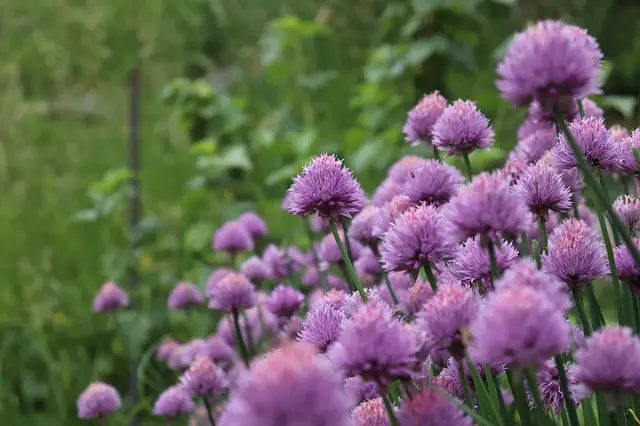
A member of the allium family, chives produce and store salt and calcium. If you ever come across an area where chives have naturalised it probably lacks one or both of these.
Eyebright (Euphrasia)

This herbacious plant produces and stores sulphur and potassium.
Burdock ( Arctium)
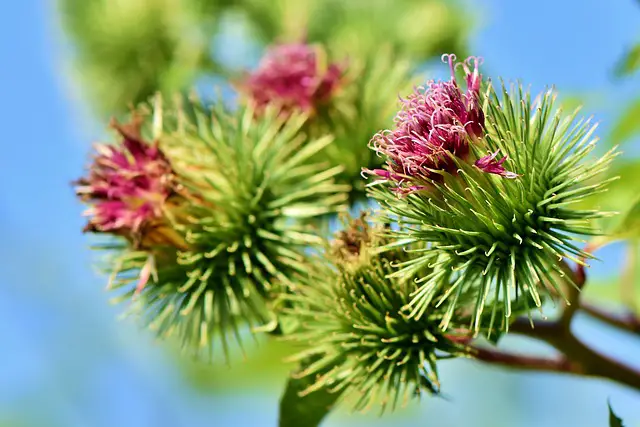
Easily recognisable by its large leaves which can grow up to 28 inches (70cms) long, burdock produces and stores iron.
Borage ( Borago officinalis)
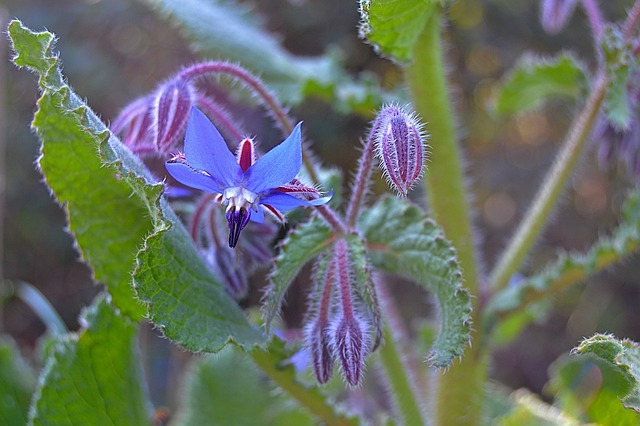
Bees flock to borage, try growing strawberries as companion plants with borage for a significantly increased yield. Borage stores and produces sillicon and potassium. For more information on companion planting borage click here.
Caraway (Carum carvi)
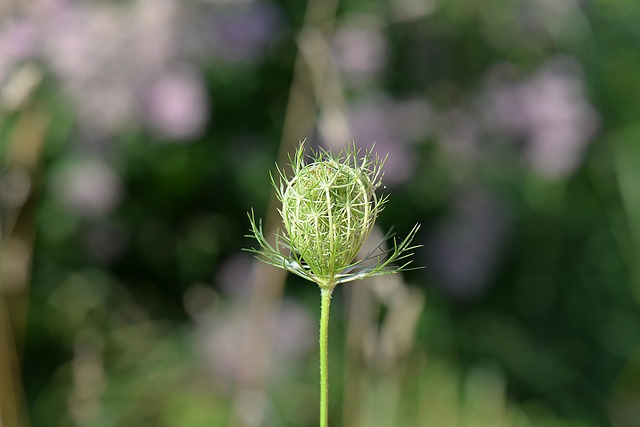
Also known as Meridian Fennel and Persian Cumin, this member of the carrot family produces and stores phosphorus.
Chicory ( Chichorium intybus)
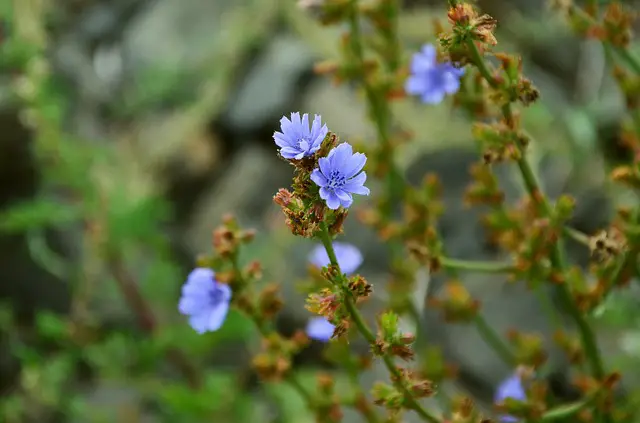
This member of the dandelion family used in salads produces and stores calcium and potassium.
Buckwheat (Fagopyrum esculentum)
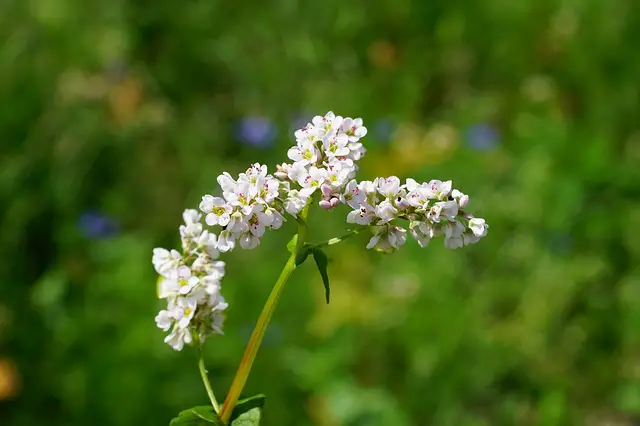
A member of the rhubarb family, buckwheat produces and stores phosphorus.
Bracken (Pteridium)
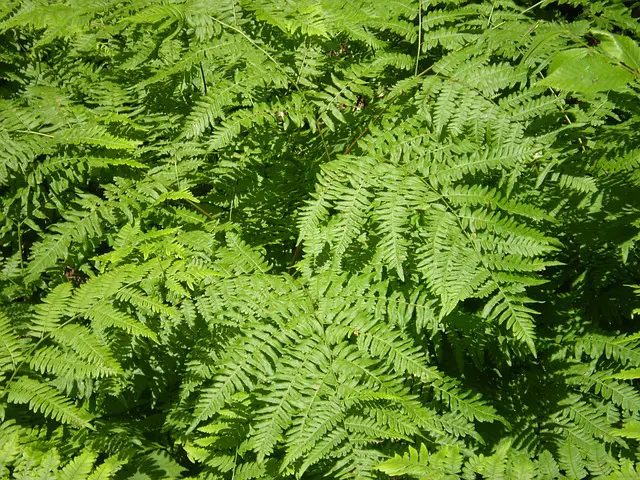
An ancient plant (dating back to prehistory), bracken produces and stores potassium, phosphorus, manganese, iron, copper, and cobalt.
Docks ( Rumex)
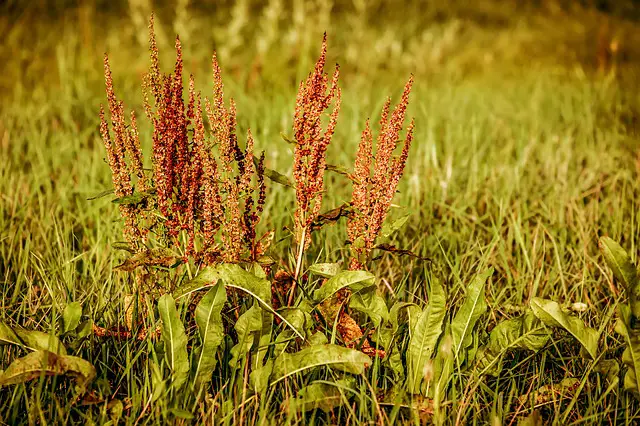
Including dock leafs and sorrels these members of the buckwheat family produce and store calcium, potassium, phosphorus, and iron.
Chickweed ( Stellaria media)
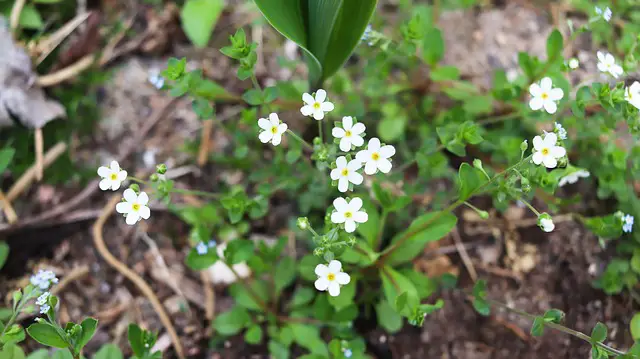
Often grown as a green manure and a poultry feed, chickweed produces and stores potassium, phosphorus, and manganese.
Comfrey ( Symphytum officinale)
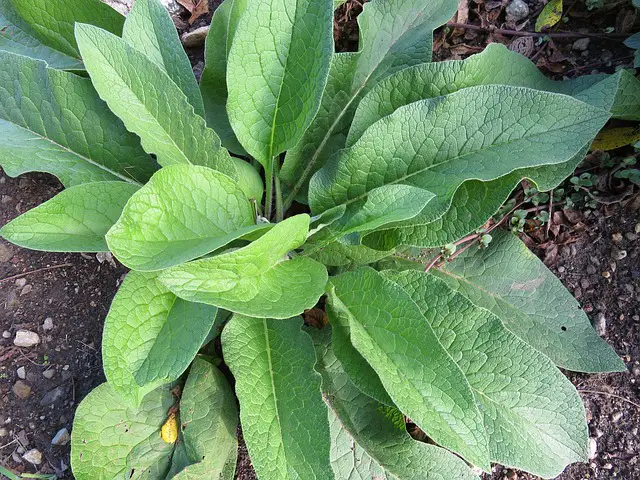
My favourite “weed” comfrey makes a great plant food as it produces and stores silicon, nitrogen, magnesium, calcium, potassium, and iron. For more about companion planting comfrey click here.
Dandelion ( Taraxacum)
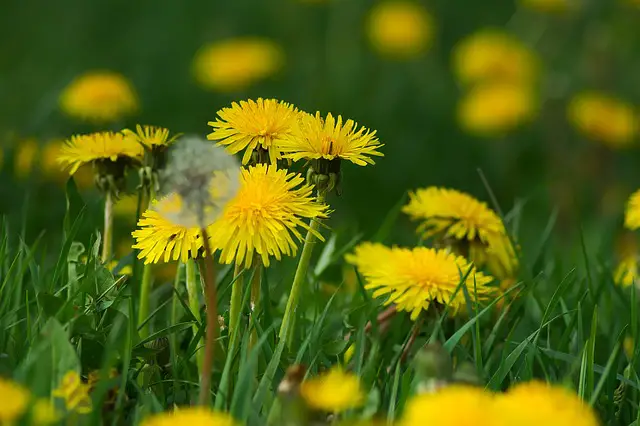
Bees absolutely love dandelions because they provide nectar early and late in the season. Dandelions also produce and store sodium, silicon, manganese, calcium, potassium, iron, and copper. For more on companion planting dandelions click here.
Clover (Trifolium)

Another flower to attract bees, clover produces and stores nitrogen and phosphorus.
Alfalfa/Lucerne ( Medicago sativa)

Used as a green manure alfalfa produces and stores nitrogen and iron.
Cleavers ( Galium aparine)
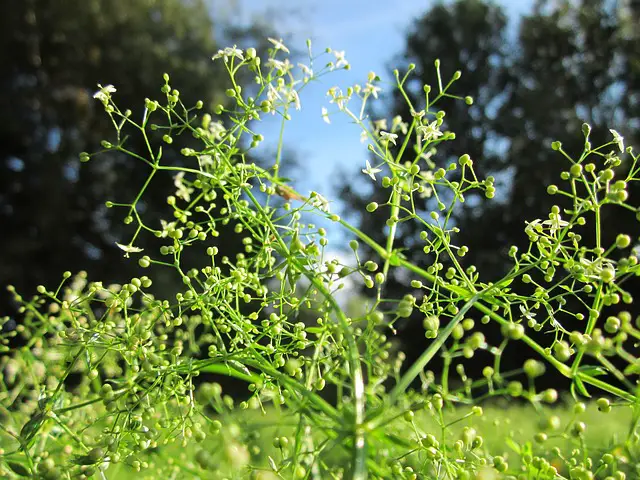
Also known as bedstraw, goosegrass, catchweed, stickyweed, and grip grass, this member of the coffee family can cause significant yield loss. See the Washington State University post for more details. Cleavers produces and stores sodium and calcium.
Tansy ( Tanacetum)
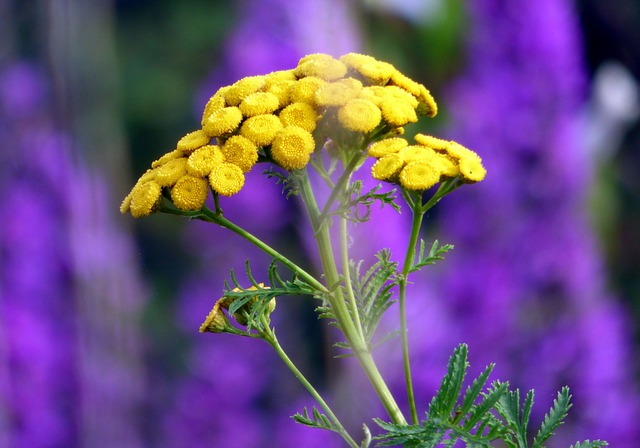
Pollinators and predatory insects are attracted to the bright yellow flowers of this tall weed and it produces and stores potassium.
Stinging Nettles (Urtica)
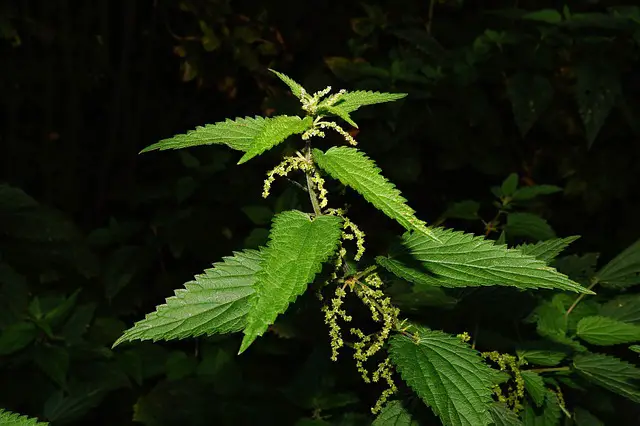
A clump of stinging nettles will attract many pollinators and they produce and store iron and silica.
Vetch ( Vicia)
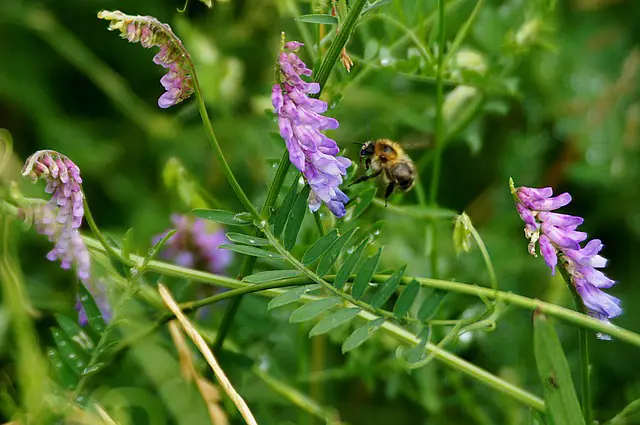
A member of the legume family, vetch produces and stores cobalt, copper, nitrogen, phosphorus, and potassium.
Yarrow (Achillea millefolium)
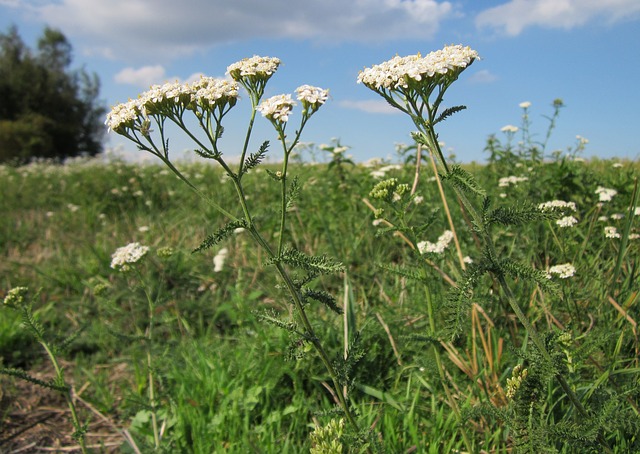
Yarrow stores and produces copper, magnesium, nitrogen, phosphorus, and potassium.
Daisies ( Bellis)
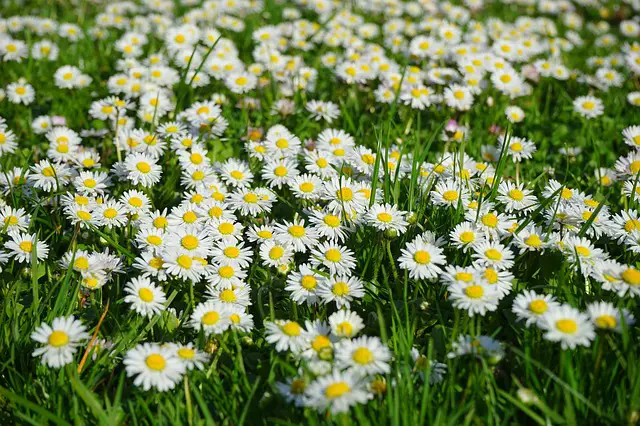
These pleasant plants produce and store calcium and magnesium.
Fat Hen (Chenopodium album)
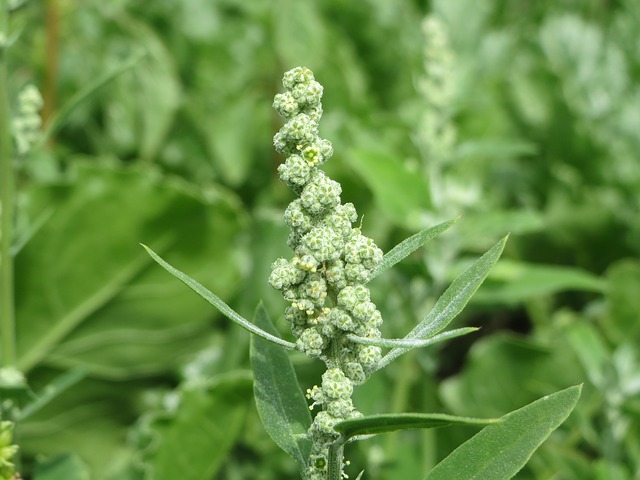
Produces and stores calcium, iron, nitrogen, phosphorus, potassium, and sulphur.
Thistles (Cirsium)
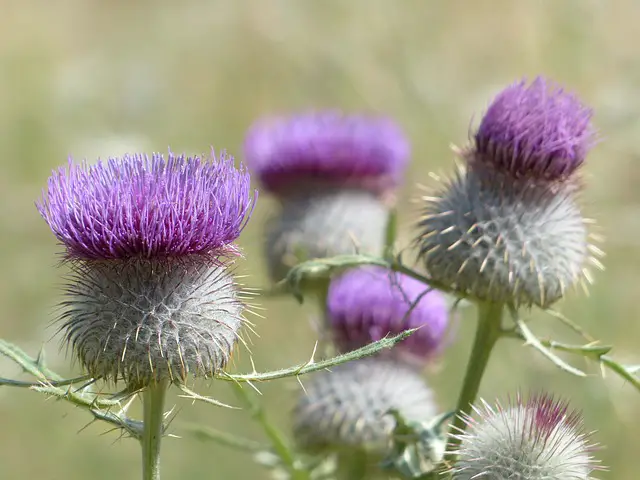
Thistles produce and store potassium. Care should be taken when handling thistles because they can be extremely prickly and it is advisable to wear gloves when handling thistles.
Foxgloves (Digitalis purpurea)
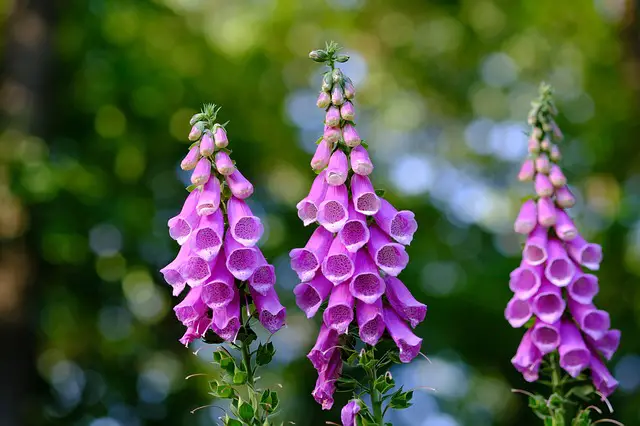
These tall flowering plants produce and store iron.
Weeds As Soil Improvers
As all of the above plants decompose they add to the nutrients in the soil and improve it with their particular minerals. Plants that colonise certain areas can tell us a lot about that land. Below are a few examples of nature using weeds to repair the soil and improving it’s mineral and nutrient content.
Unfortunately these plants are usually very competitive and therefore don’t make good companion plants. For this reason they should be grown as a green manure (see below) and dug in before they set seed.
Some Examples Of Weeds Improving The Soil
Bracken is usually found on exhausted land because it can accumulate its own potash. Over many years of over grazing and tree loss soils become acidic and lose their nutrients through rain eroding them. The deep rooted bracken can find these missing nutrients and as it dies back in Autumn it mulches the land.
Replacing the missing nutrients and restoring the soil. Other examples are the dock family and comfrey. Both deep rooted plants able to find missing nutrients and on decomposure adding them back to the soil.
Dandelions are often found in compacted, hard soil and their deep tap roots will help to break up the soil. Which in turn allows other plants to use the nutrients provided by the decomposing dandelion plants.
Weeds As Soil Improvers
In nature plants have developed to meet growing needs in various conditions, but we can use those abilities to improve our soil. Either by growing these plants ourselves or by harvesting weeds and using them as a mulch. Another way to improve the soil organically is by growing green manures or cover crops.
Growing cover crops benefits the soil by emulating the weeds that grow to improve the soil. Click the link to find out more on cover crops. It takes a life time to learn all these things and nature is always teaching us more. As the old saying goes “everyday is a school day”, and I hope this post helps in your growing journey.
Plants Not Weeds
I was about ready to end this post and then I realised I’d left something out that needs saying. There are no such thing as weeds, they are all plants and they all have benefits. The onus is on us gardeners to observe nature and learn from it.

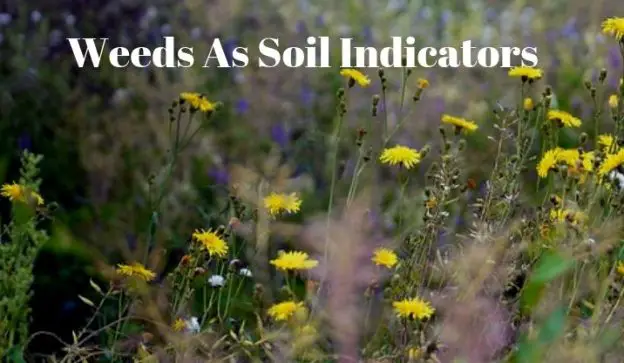
good evening im looking for a book or database for weed indicators – ive enjoyed looking at your website and saved it for future use
we have a huge flush of groundsel this year and looking for the reason for it. we have changed our system to striptill two years ago and planted osr into a wheat stubble in late august. the wheat crop before did not have a weed issue with groundsel so wondering what these weeds were indicating? the osr seed had humate and fish hydrolysis down the spout. all our other crops had this same mix but haven’t got the quantity of groundsel our osr fields have
wonder if you could point me in the the direction of weed indicators for the uk or help on this particular intance?
regards
Hi Matt,
Thank you for taking the time to look at my site and comment. Groundsel is an indicator of good, healthy soil as far as I’m aware. As for books , there are a few I have looked at in the past, Soil Science for gardeners, weeds guardians of the soil, and weeds and what they tell us. As far as I know, they’re all available over here. I hope this helps,
all the best
Steve
Fab guide, comprehensive but in plain English which is exactly what I was looking for! Thanks
Hi Sarah,
Thank you for taking the time to read and comment on my post. I wish you every success in your venture, I left comment, do you plan on using the principles of permaculture?
I’ll be following your progress with interest.
All the best
Steve